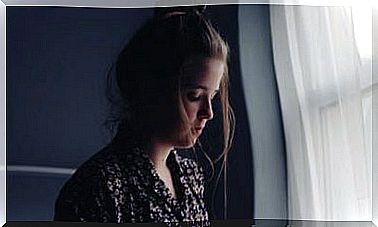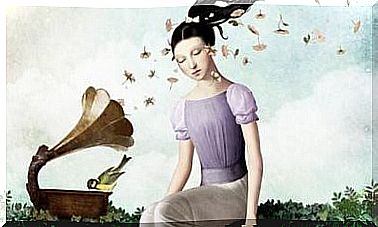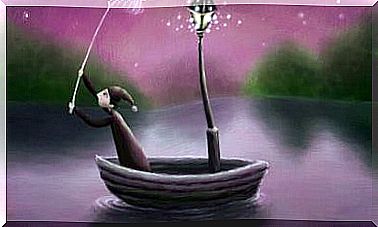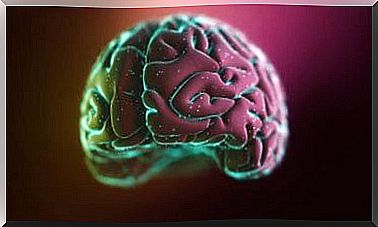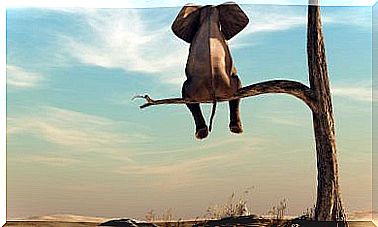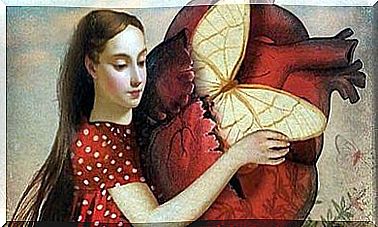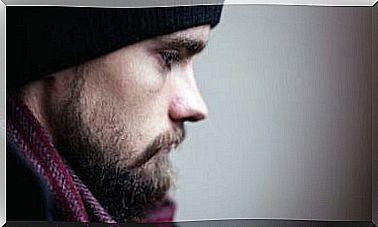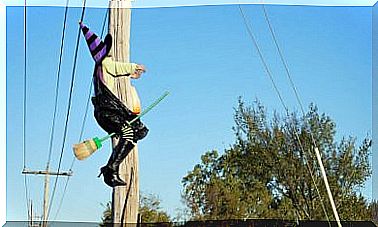Art As A Refuge And Channel Of Suffering

For Frida Kahlo painting was a way of transforming pain into artistic expression. It was her channel, her refuge, her form of freedom. Because she always refused to be a victim, she understood early on that life did not deserve to be understood through her physical suffering. Life for Frida Kahlo was above all passion.
When one admires his work “The broken column” (1944), one cannot help but feel a deep chill. In this canvas the symbolism of pain acquires more than ever, a palpable, physical and almost desperate intensity. All his years of treatment and the orthopedic devices that he had to wear, were recorded there as testimony, of exaltation of the physical body as synonymous with torture.
Frida herself once explained that she painted all those self-portraits because she felt alone. More than wanting to channel the physical suffering, she needed to meet someone again to explain how she felt, and that person was none other than herself.
The example of life and attitude of the famous Mexican painter shows us something very concrete: creativity is a vehicle, it is an exceptional mechanism capable of helping us not only to restructure pain, to channel suffering. Expressive therapies such as painting, writing or composition are also a way of finding ourselves to take care of ourselves and regain emotional stability.
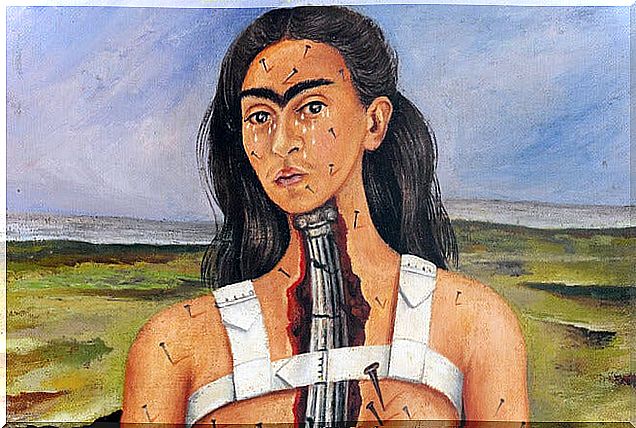
Suffering and the tortured artist
We often like to think that art, to reach the peak of its expressiveness and genius, needs a tortured mind and a wounded heart. The archetype of the tormented poet and the novelist who writes in a frantic way in his nights of delirium tremens is still very present in our collective ideology.
Nevertheless, . Names like Lord Byron, Edgar Allan Poe, Ernest Hemingway or Frida Kahlo herself are the clear example of a very specific characteristic: passion. His were never ordinary minds. In fact, and if we analyze them in detail, we will realize that they fit perfectly in what Howard Gardner understands by a creative mind:
- Creativity is a lonely act
- They go beyond the ordinary, the system, what is logical or expected for the rest
- The creative mind takes risks, it is daring
- Their creative potential is very dependent on the emotional world

One of the most accurate definitions of creativity is the one offered by the essayist Richard Luecke. For him, creativity is not a state of mind, nor is it something genetic, much less a construct exclusively associated with IQ. It is a process of development and a mode of expression aimed at solving problems or (here comes the most interesting thing) to satisfy emotional needs.
Suffering is a catalyst for artistic expression, no doubt, but so is happiness, fear, or even anger. However, pain finds in art a very cathartic refuge, there where the person can rediscover himself, take care of himself, dive into its depths of uncertainty and merge into its black holes to emerge strengthened. Relieved.
I am an artist and a good manager of my negative emotions
Rufus Wainwright is a renowned Canadian singer-songwriter who in 2010 released an album (All Days Are Nights: Songs for Lulu) where he revealed, one by one, the marks of the suffering he was experiencing at that time. At his concerts he appeared dressed in rigorous black and asked the audience not to applaud between song and song.
He had just lost his mother, and the traumatic past that he was dragging after suffering a rape when he was only 14 years old was still sinking in his mind. Today, and after a happy marriage, his life navigates a much calmer, more mature and secure emotional ocean. However, there are many who ask if the happiness of today will not prevent him from writing “good songs” like those of a few years ago.
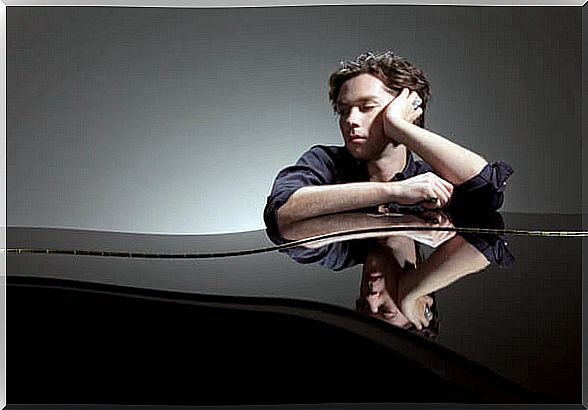
Wainwright is very emphatic in this regard. He knows very well that when it comes to suffering there is no before or after, especially when it comes to trauma suffered in childhood. Demons always dance alongside you, they never completely disappear. What happens is that.
In his compositions, a good part of the sadness of the past has not yet been silenced, it is still present because it is part of himself and is one more piece of the breath that shapes his creativity. However, the happiness of today is also a powerful stimulus in his works. What need would there be to renounce or deny any of these aspects?
At the end of the day, people are a complex amalgam of opposing emotions, lights and darkness that make up everything we are. The essential thing is not to give up, as Frida Kahlo did not, we must find a passion and make it ours as a refuge, as a catalyst, with which to give the world the best of ourselves and in turn take care of our own emotional universe .
